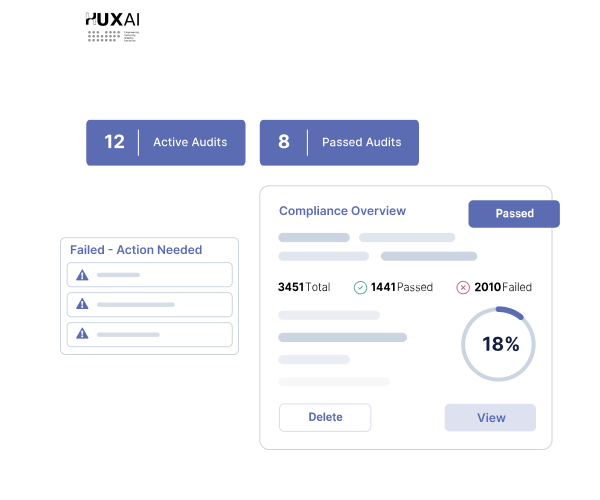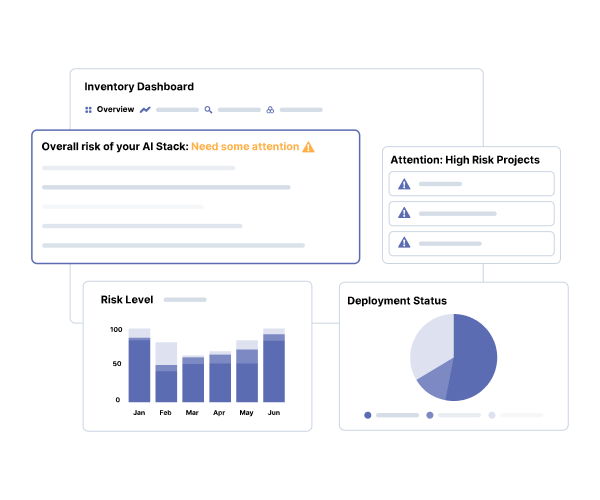Data Governance Frameworks
Ensuring data integrity, security, and compliance is simple with a unified strategy, fostering a trusted ecosystem for smarter decisions and sustainable digital transformation
Streamline data governance by ensuring all information is accurately classified, stored, and easily accessible. Maintain data integrity and consistency across systems while enabling real-time monitoring for compliance and decision-making.
Simplify adherence to global and industry-specific data regulations with automated tracking, documentation, and enforcement tools. Ensure policy alignment, reduce compliance risks, and streamline audits for full transparency.

Proactively identify vulnerabilities, implement robust security measures, and minimize risks related to data integrity, privacy, and unauthorized access. Leverage predictive analytics and real-time risk assessments to strengthen your data ecosystem.

Ensure Accurate, Consistent, and Reliable Data
High-quality data is the foundation of effective decision-making. Implement validation processes, data cleansing techniques, and standardized formats to eliminate inconsistencies and errors. Maintain data integrity by enforcing strict access controls, version tracking, and audit trails.
Ensure that data is accurate, up to date, and properly classified, allowing organizations to drive insights and comply with industry standards while avoiding costly errors.
Protect Sensitive Information and Ensure Regulatory Adherence
Secure your data assets by implementing robust encryption, access control, and authentication measures. Establish clear governance policies that align with GDPR, CCPA, HIPAA, and other global regulations to ensure compliance and avoid legal risks.
By adopting a structured approach to data governance, organizations can safeguard sensitive information, prevent unauthorized access, and create a transparent framework for data handling across all departments.
Optimize Data Usage from Creation to Deletion
A well-defined data lifecycle ensures that information is managed efficiently throughout its existence. Implement policies for data collection, storage, sharing, and disposal while balancing accessibility and security.
Enable seamless collaboration across teams by ensuring the right people have access to the right data at the right time. Streamline data classification, retention policies, and archival strategies to maximize value while minimizing risk.

